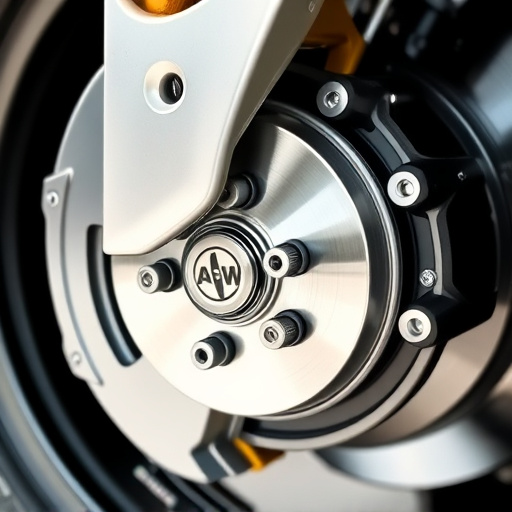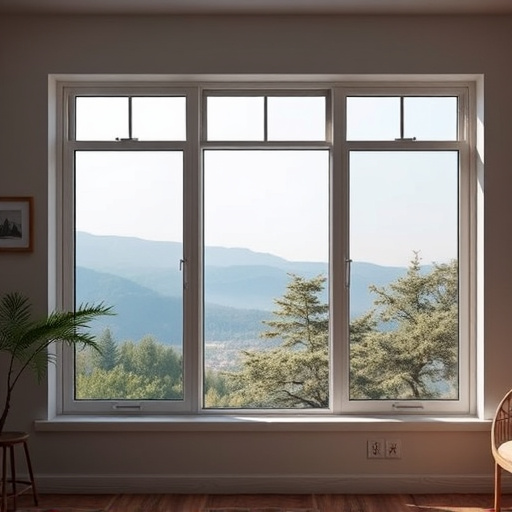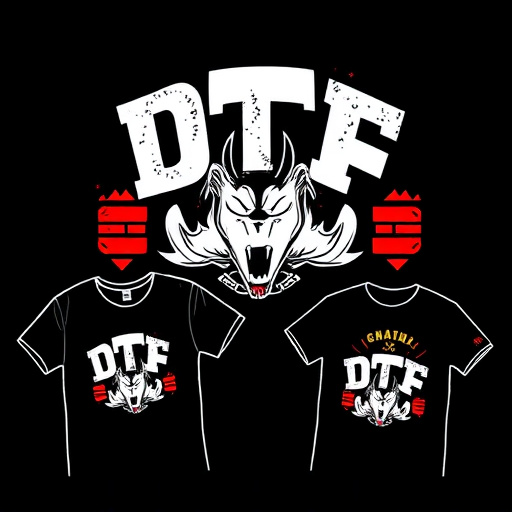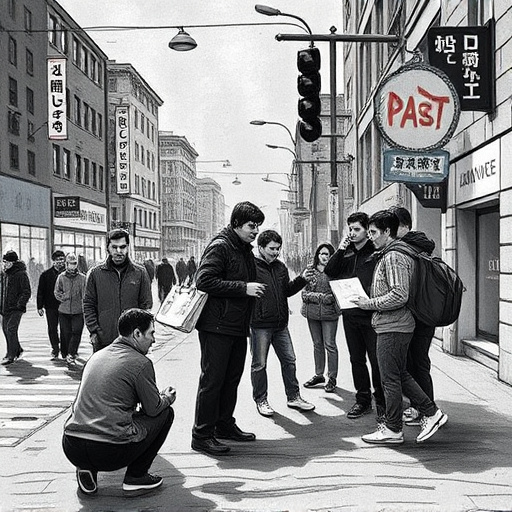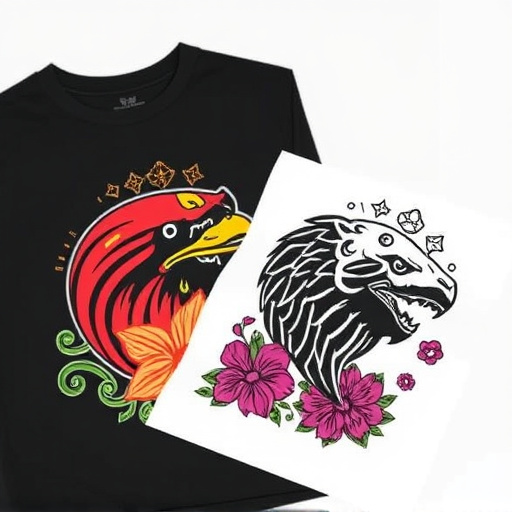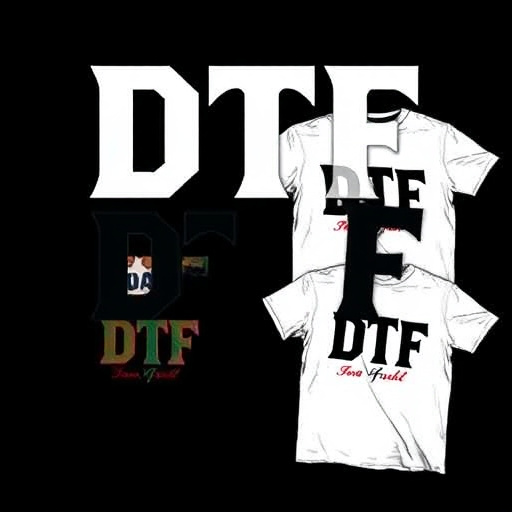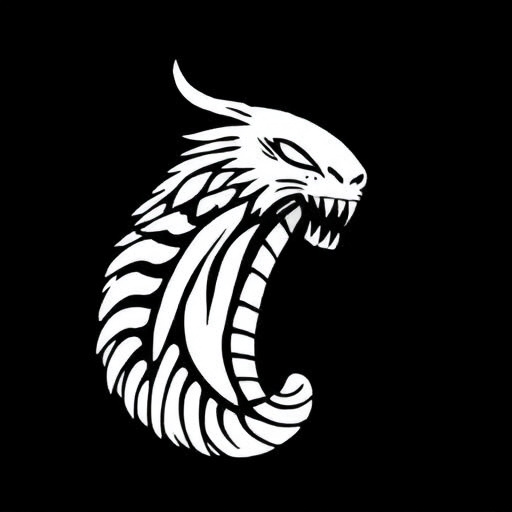Direct-To-Film (DTF) transfers are revolutionizing custom design applications, especially on light fabrics like t-shirts. This cutting-edge method prints directly onto film using specialized printers, bypassing traditional printing presses and ink. DTF offers efficiency, cost-effectiveness, and stunning visual output, making it popular among businesses and individuals seeking unique, personalized items. Compared to traditional print methods, DTF transfers streamline production with faster times and vibrant color replication, while traditional techniques support a broader material range and intricate registration for complex layouts.
In the realm of printing, the evolution from traditional print methods to Direct-To-Film (DTF) transfers has sparked intrigue among professionals. This article delves into the world of DTF transfers, offering an insightful overview of their functionality and benefits. We’ll explore how this modern technique compares to conventional print methods, highlighting its advantages in terms of efficiency, quality, and cost-effectiveness. Understanding Direct-To-Film Transfers provides valuable insights for businesses navigating this game-changer in the printing industry.
- Understanding Direct-To-Film Transfers: An Overview
- Traditional Print Methods: The Conventional Approach
- Comparing DTF vs Traditional Printing: Advantages and Disadvantages
Understanding Direct-To-Film Transfers: An Overview

Direct-To-Film Transfers (DTF) represent a cutting-edge method in the print industry, revolutionizing how custom designs are applied to various surfaces, particularly light fabrics like t-shirts. Unlike traditional print methods that rely on physical printing presses and ink, DTF transfers utilise advanced technology to directly print onto film, which is then transferred onto the desired material. This innovative approach offers several advantages, including vibrant colours, crisp details, and a vast array of design possibilities.
The process involves using specialized printers that emit ultra-high-resolution images onto clear film. These films are then coated with a heat-sensitive adhesive, enabling them to adhere temporarily to the fabric during application. The cold peel DTF transfers ensure that the print remains intact after heating, resulting in long-lasting, high-quality custom t-shirts and other products. This technology has gained immense popularity due to its efficiency, cost-effectiveness, and ability to produce stunning visuals on a wide range of materials, making it an attractive option for businesses and individuals seeking unique, personalized items.
Traditional Print Methods: The Conventional Approach
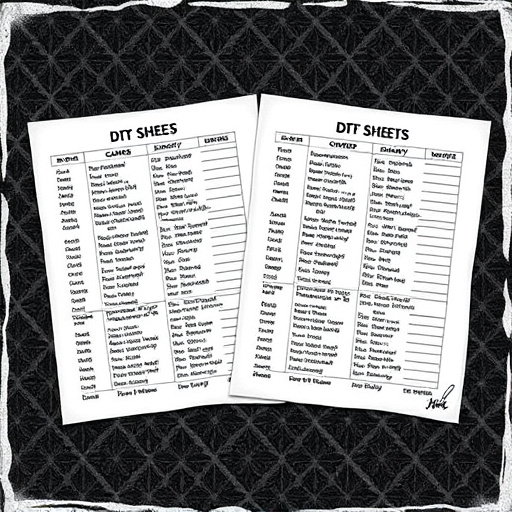
Traditional Print Methods have long been the go-to solution for creating high-quality images and designs on various surfaces. The conventional approach involves using specialized printing presses or machines that apply ink or dye to a medium, such as paper, fabric, or wood, through a process of pressing or rolling. This method is widely used in industries like textile printing, where intricate patterns and vibrant colors are desired. For t-shirt printing, for instance, screen printing (or silkscreening) is a common technique that allows for detailed designs and multiple color layers, making it popular among small businesses and even hobbyists looking to create unique garments.
While Traditional Print Methods have their merits, they often come with limitations like setup costs, longer production times, and less flexibility in terms of design customization. In contrast, Direct-to-Film (DTF) Transfers offer a modern alternative that streamlines the printing process, enabling more dynamic designs and efficient production, making it an attractive option for businesses focusing on DTF printing for t-shirts or other applications.
Comparing DTF vs Traditional Printing: Advantages and Disadvantages
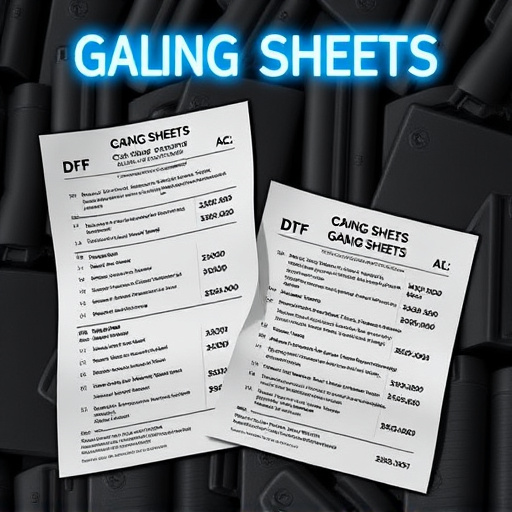
When comparing Direct-to-Film (DTF) transfers to traditional print methods, several key advantages and disadvantages come into play. DTF offers faster production times as it eliminates the need for separate printing and curing stages. This makes it an efficient choice for businesses looking to meet high demand, especially in industries like custom apparel where trends change rapidly. The direct application of ink onto film also ensures precise color replication and detail retention, making DTF ideal for intricate designs that require vibrant, accurate colors, such as dtf printing for light fabrics.
On the downside, traditional print methods, while more labor-intensive, provide a wider range of material compatibility. They are suitable for various substrates including heavy fabrics like hoodies, where the texture and thickness can sometimes affect DTF transfer quality. Additionally, traditional printing allows for more intricate registration and positioning of designs, making it better suited for complex layout requirements. It’s worth noting that while DTF transfers offer water resistance and durability, traditional printing methods may provide superior longevity in certain conditions, especially when exposed to frequent washing and harsher environments.
Direct-to-Film (DTF) transfers have emerged as a modern alternative to traditional print methods, offering several advantages such as faster production times and superior image quality. However, traditional printing still holds value for its longevity and the ability to handle high-volume orders. In the end, the choice between DTF and traditional printing depends on specific project needs, budget, and desired outcome. As technology advances, DTF transfers continue to evolve, making them an increasingly viable option for a wide range of applications.

